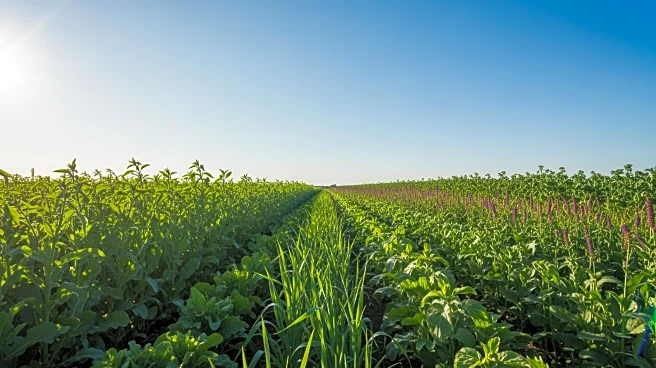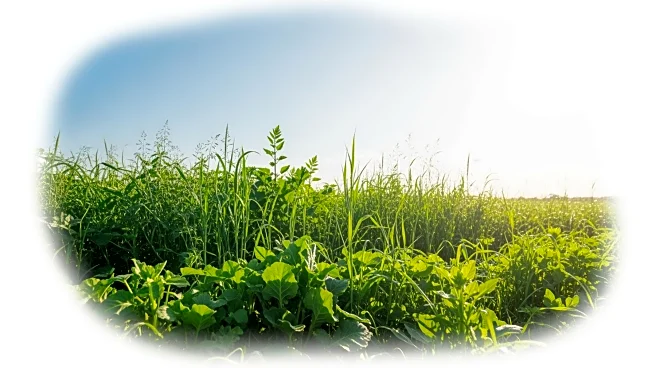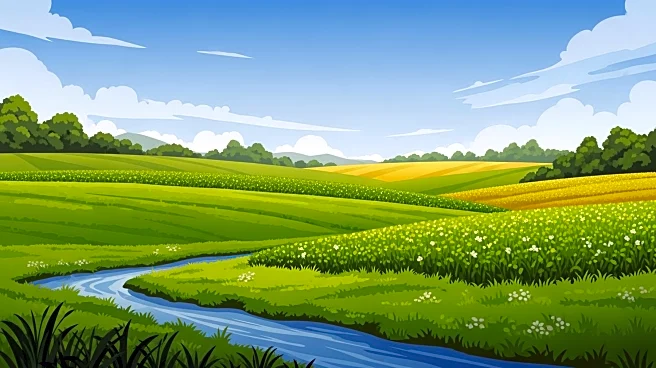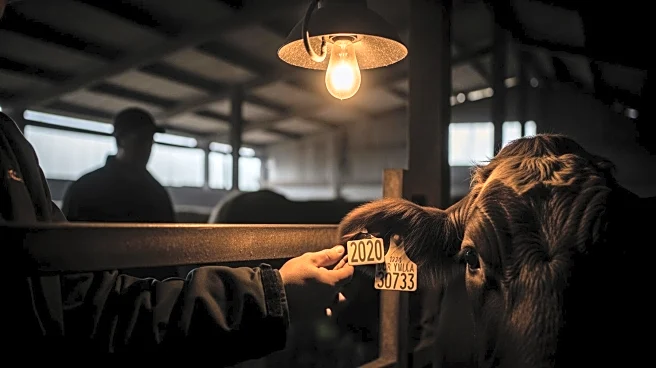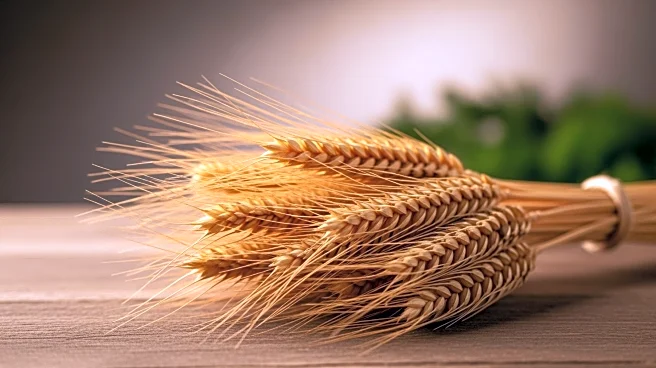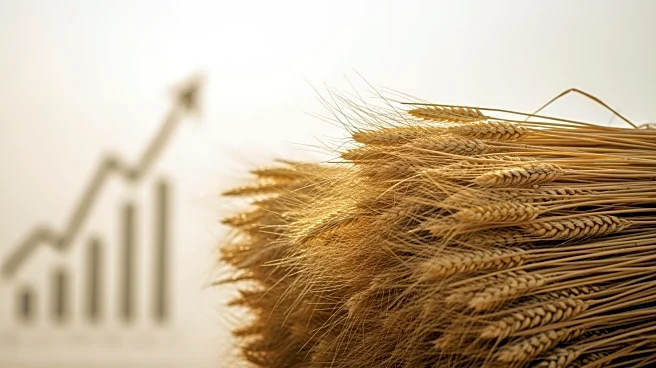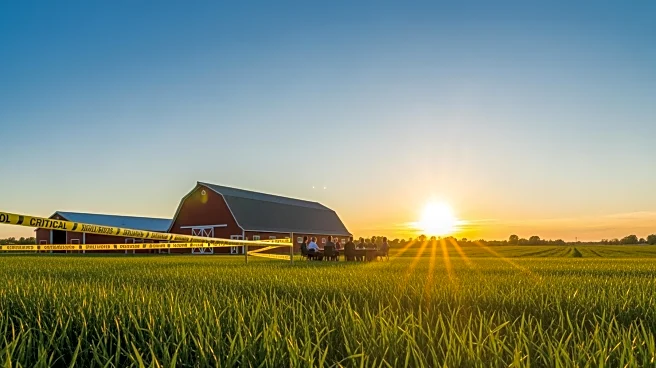What's Happening?
South Africa's 2025-26 summer crop season is off to a promising start, with early planting activities observed in key regions such as Gauteng, Free State, KwaZulu-Natal, and Eastern Cape. The South African
Weather Service forecasts a potential La Niña season, which could enhance crop production through increased rainfall. Farmers are taking advantage of early summer rains to plant yellow maize and soybeans, crucial for the livestock industry. The season is starting on schedule, allowing crops to mature before potential frost. The La Niña-induced rains are expected to persist through February 2026, aligning with the critical pollination period for grains and oilseeds.
Why It's Important?
The favorable rainfall predictions and timely planting activities are significant for South Africa's agricultural sector, which is vital for food security and economic stability. The potential La Niña season could lead to optimal growing conditions, boosting yields for summer grains and oilseeds. This development is crucial for the livestock industry, which relies on these crops for feed. The timely start of the planting season mitigates risks associated with late-season frost, ensuring better crop maturity and yield. The agricultural sector's performance can influence national economic indicators and trade balances, given its role in exports and employment.
What's Next?
Farmers in western regions are expected to begin planting by mid-November, with continued monitoring of weather conditions and crop development. The agricultural sector will focus on biosecurity challenges, particularly foot-and-mouth disease, which poses risks to livestock and financial losses. Efforts to address these challenges and improve vaccine manufacturing will be crucial for maintaining sector stability. Stakeholders will watch for any changes in weather patterns that could impact crop yields and market dynamics.
